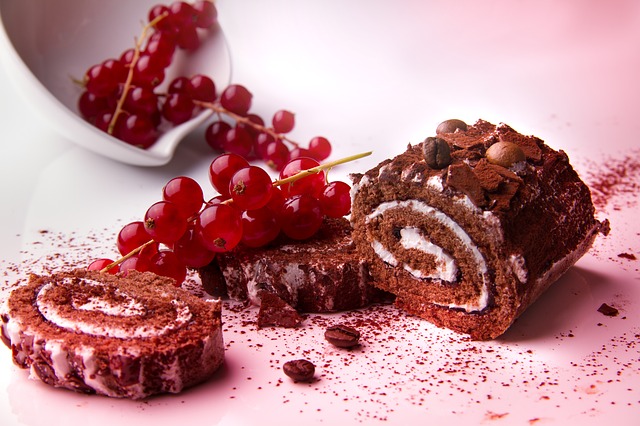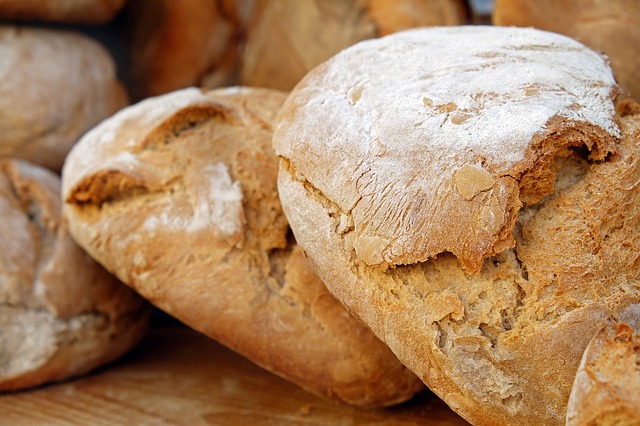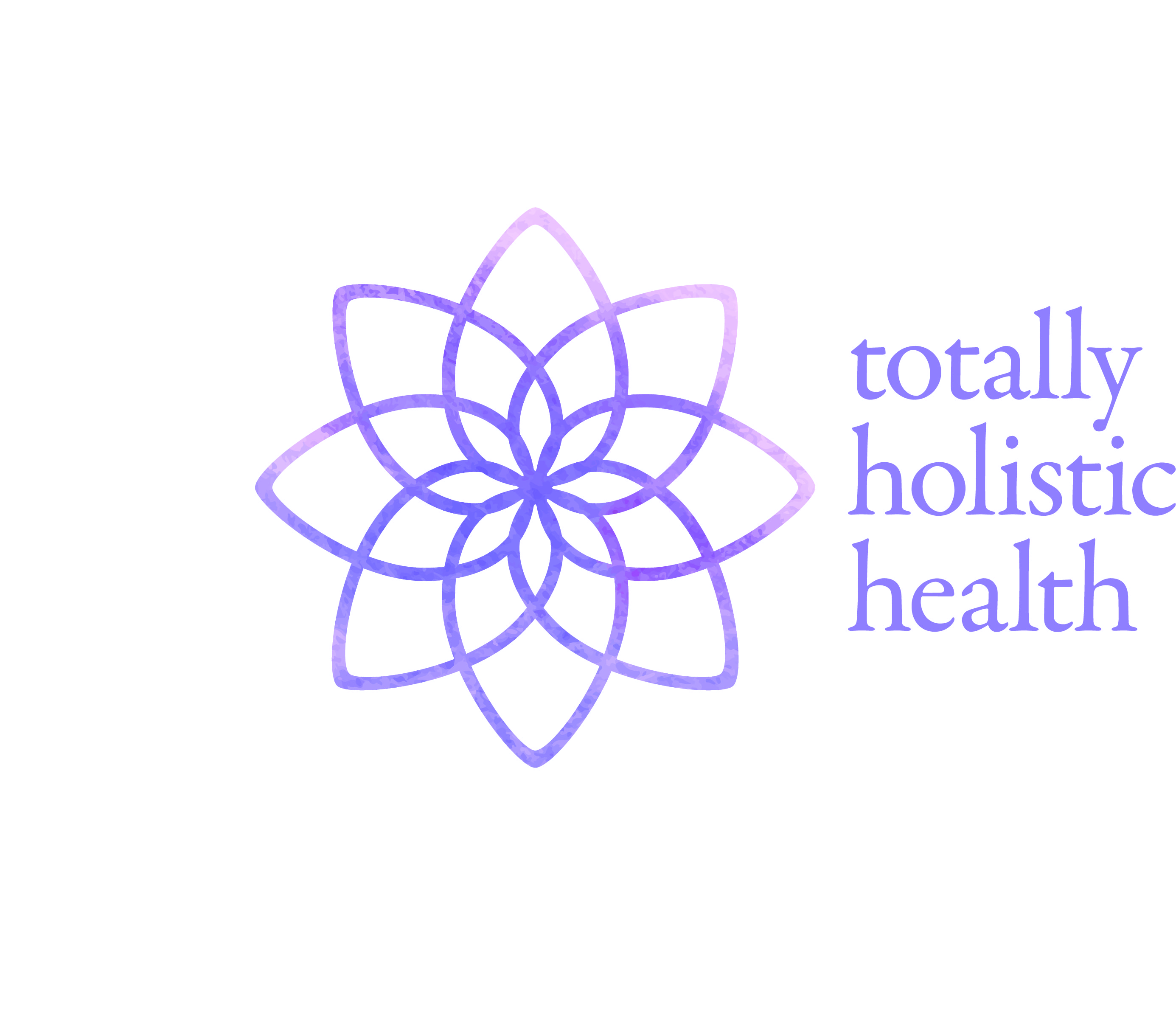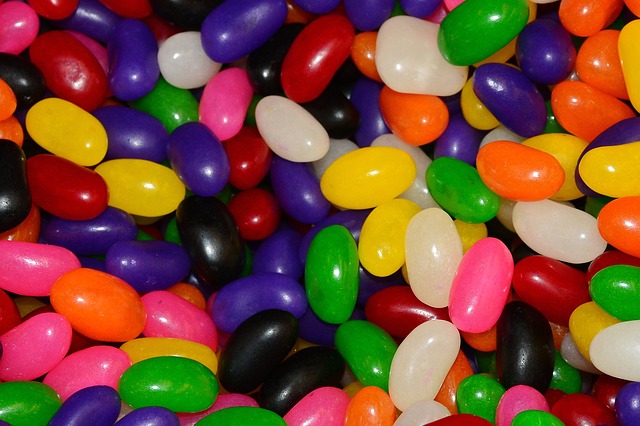If you’ve overdone the Christmas goodies again this year, the temptation to get straight onto a sugar detox is probably high. It seems like the virtuous thing to do, and how hard can it be?

You’re not alone in thinking that drastically reducing your sugar intake might be a good thing for your health. Experts have been trying to tell us for years that sugar in all its forms is to blame for the obesity epidemic and is also implicated in many chronic diseases. But before you start that detox, there’s another fact that might shock you.
Sugar is eight times as addictive as cocaine.
In one study, Harvard scientists found that a high-sugar milkshake caused a spike in blood sugar and insulin which led to sugar cravings and also changes in the brain – the part of the brain that lights up when an addict gets their ‘fix’.
If that scares you, the idea of going on a sugar detox can be seductive. Reducing your sugar intake has so many health benefits; you should gradually notice that your energy levels improve, you sleep better and the cravings you experience for your favourite treats will start to diminish. You could even see a reduction in symptoms of other complaints, especially digestive problems.
Start a longer-term reduction plan by cutting down on something relatively easy like the number of sugary drinks you drink every day. Make the transition a bit easier by replacing sugary drinks or tea and coffee with water. If you don’t like plain water, try adding citrus fruit for a bit of flavour. Don’t add sugar to cereals, tea or coffee and reduce the amount of sugar you add to your baking.

Once you feel comfortable with reducing sugar intake, or if the slow option doesn’t appeal, why not go for a full sugar detox? Going cold turkey on something as freely available and socially acceptable as sugar might feel like hard work, but if you feel you’re well and truly addicted to the white stuff, cold turkey is the faster route to being sugar-free.
What you can eat:
For the first few days, stick to protein (eggs, fish, chicken and meat), plenty of vegetables, and healthy fats like avocados and nuts. Avoid fruit and dairy to begin with; you can add them back in again later.
Four days in, you can start adding fruit again, but try to avoid eating it on its own. Add some nuts or seeds to avoid spiking your insulin levels. Choose fruits with a higher water content like oranges and melons, instead of bananas and mango.
What to avoid
Refined carbohydrates are a no-no on a sugar detox. Bread, cakes and biscuits are laden with sugars. Wheat and other grains, alcohol, and added sugar in things like tomato-based sauces, salad dressings, and marinades are off-limits although healthier wholegrain carbohydrates can be reintroduced after a few weeks – slowly. You’ll find that you taste sweetness a lot more when your palate isn’t being overwhelmed by sugary refined foods.

Relaxation
It can feel stressful going through any kind of detox, but thankfully yoga and meditation can help with cravings and that antsy feeling you might get from cutting out your favourite foods.
Start with a seated meditation. Sit cross-legged and raise your arms overhead into a V. Relax your shoulder blades and reach out through the tips of your fingers. Close your eyes and breathe deeply for ten breaths in and ten breaths out.

Gently twisting to the left and right will also help improve the digestive system. Why not try this gentle Meditation on the Breath!
Good luck with the detox – let me know how you get on. If you need any help with those sugar cravings why not pop over the my FREE RESOURCES and check out Temporal Tapping!
Until next time
Stay Healthy and Happy
Julie
Totally Holistic Health

